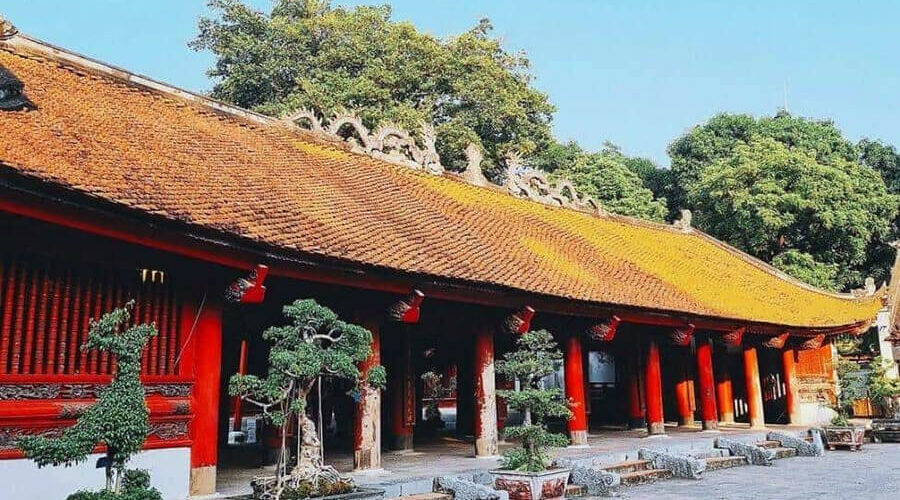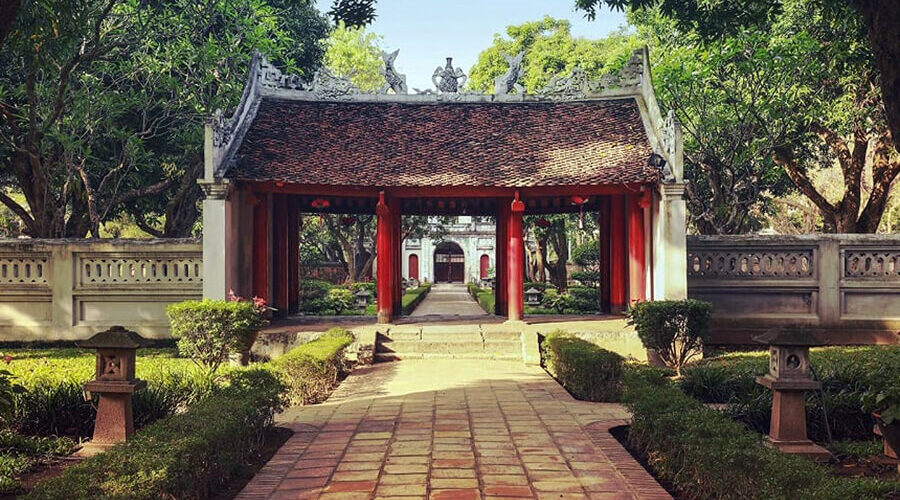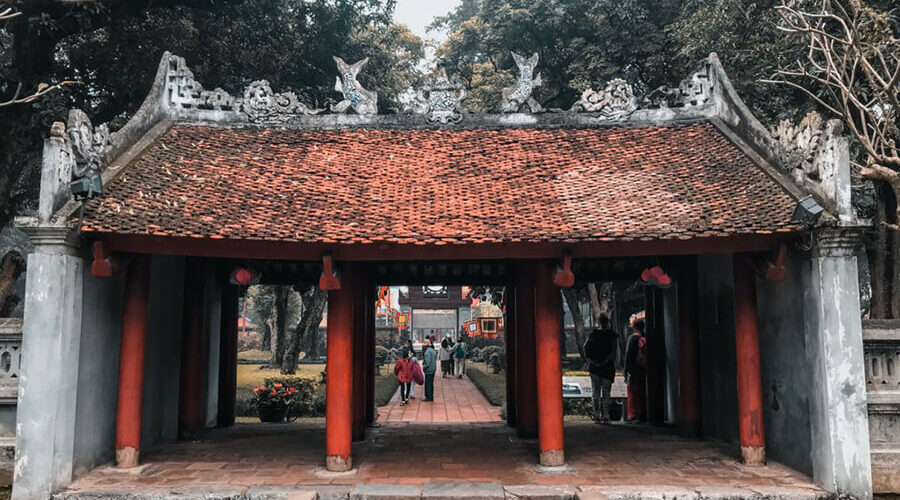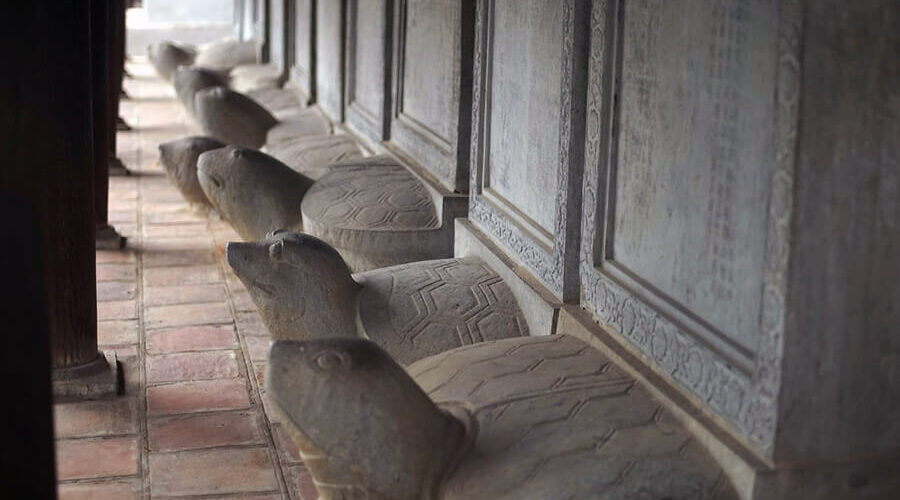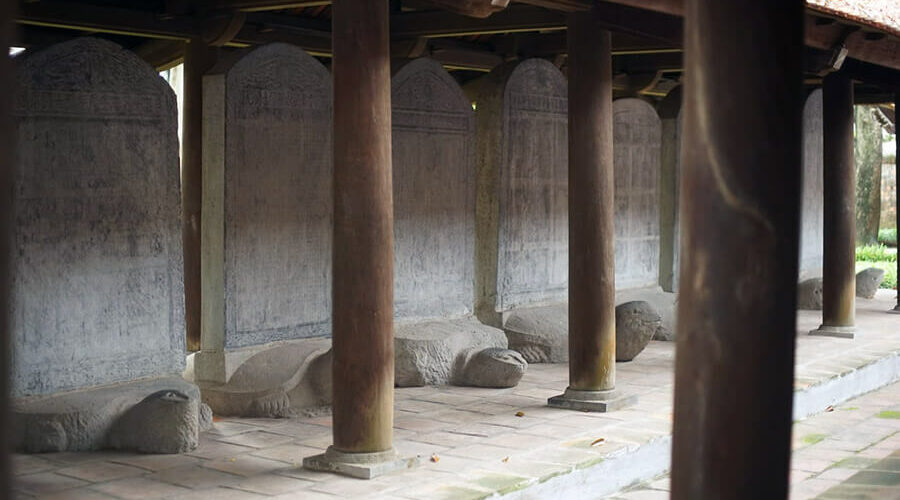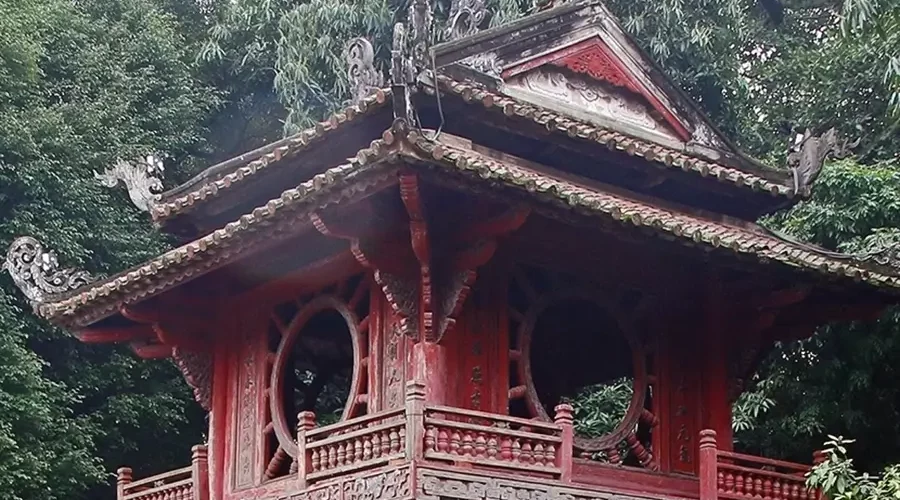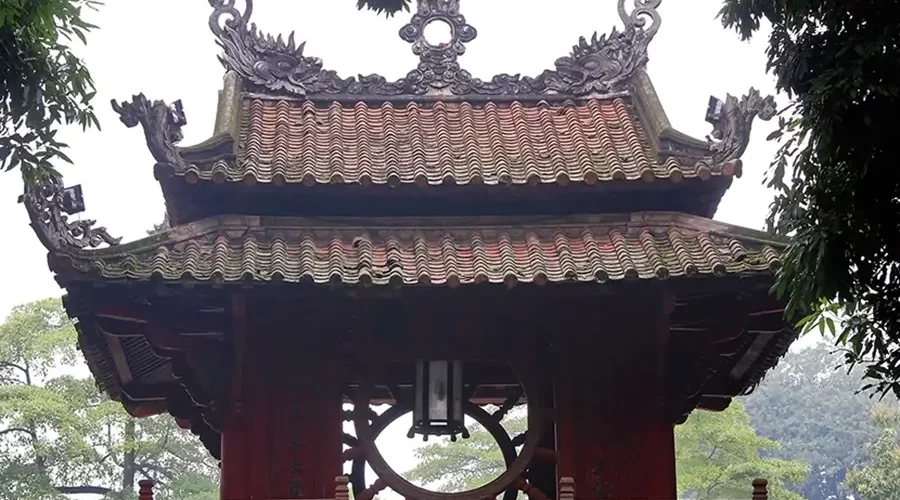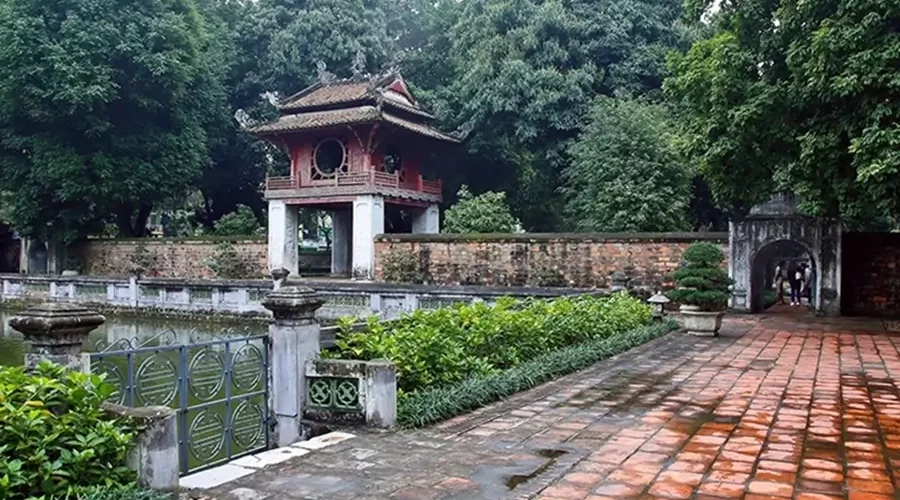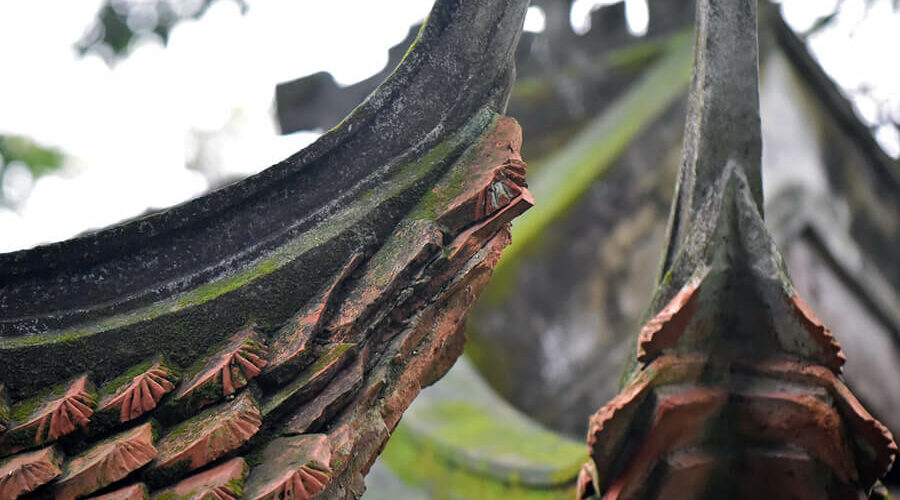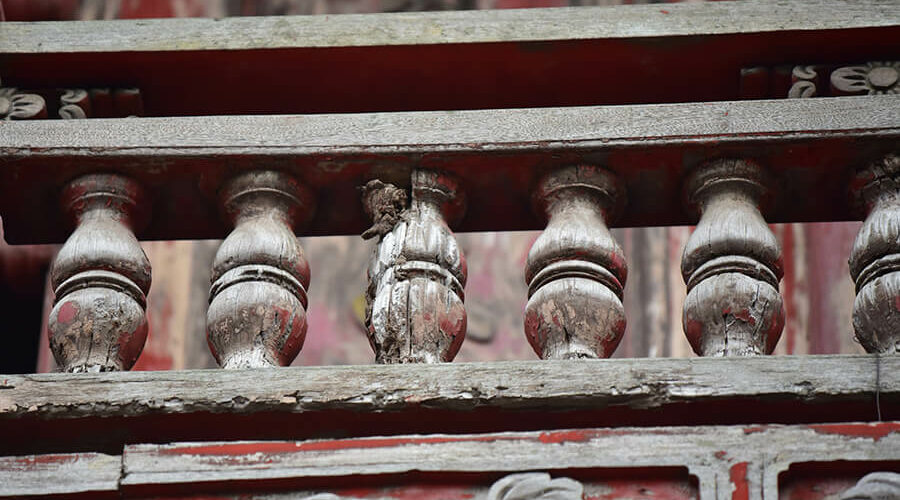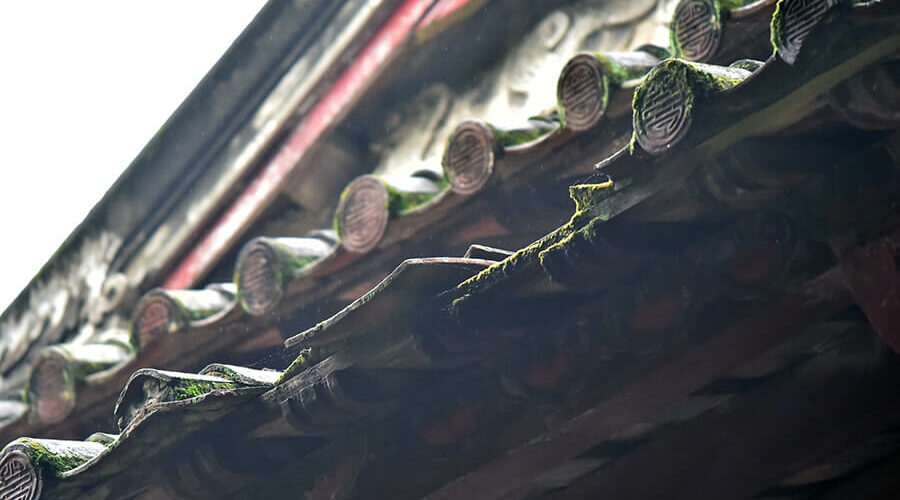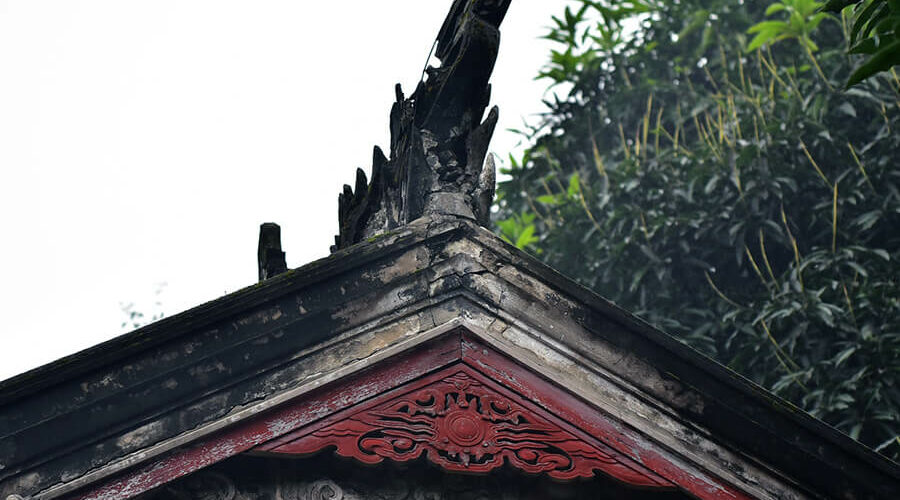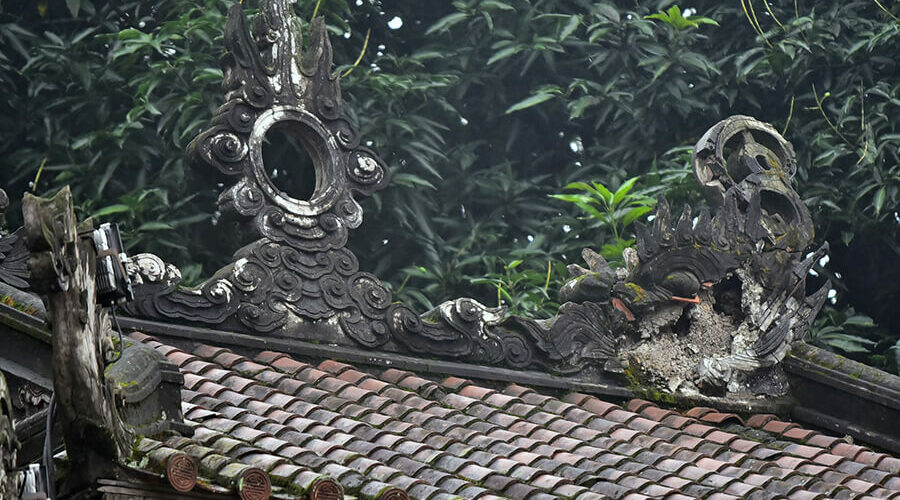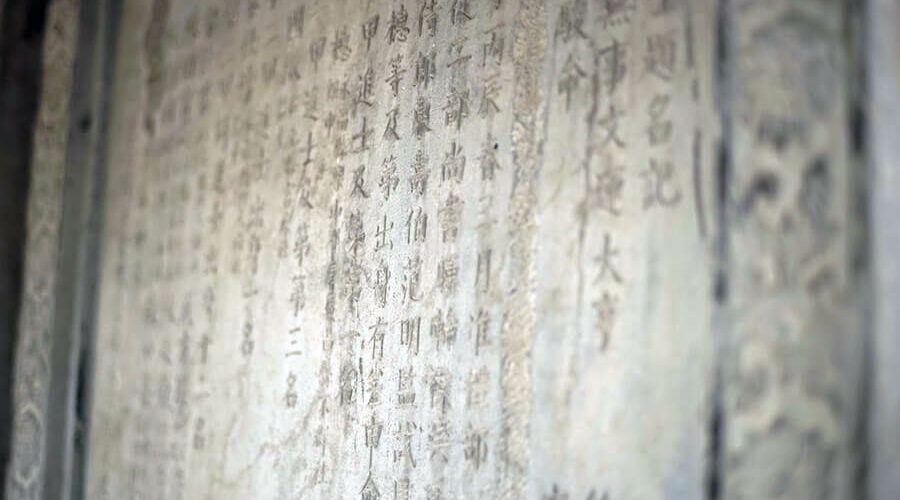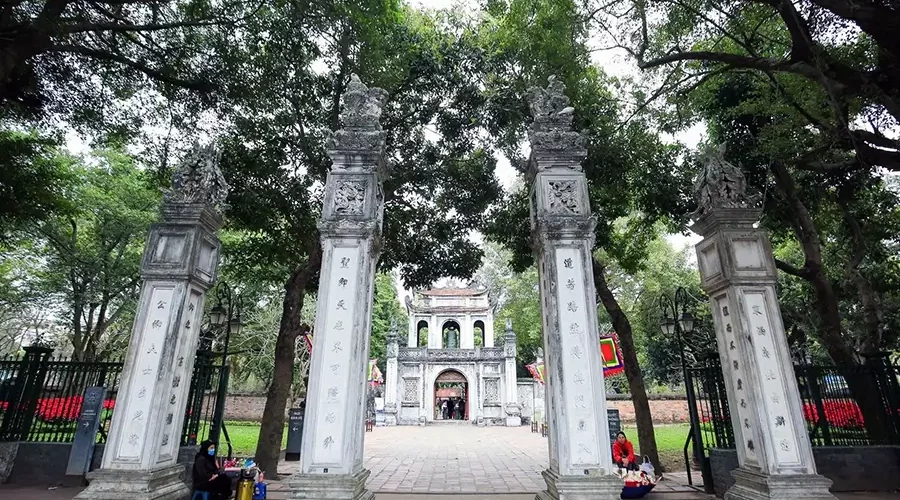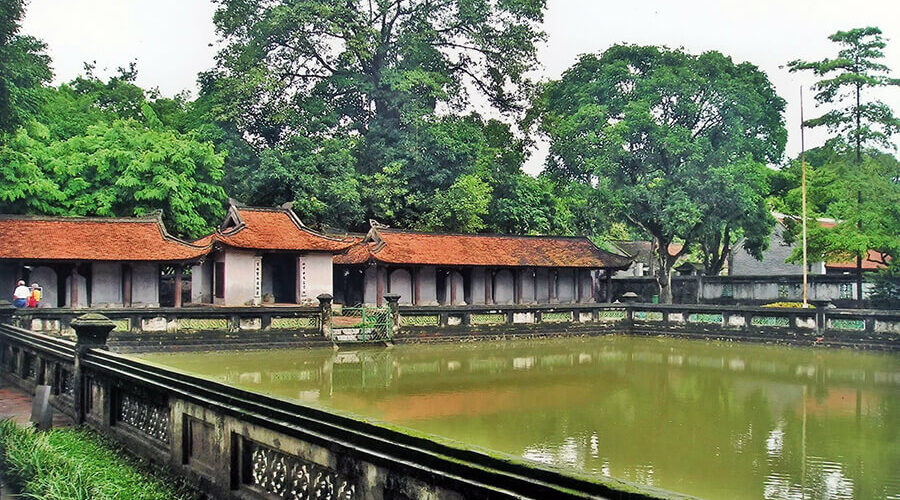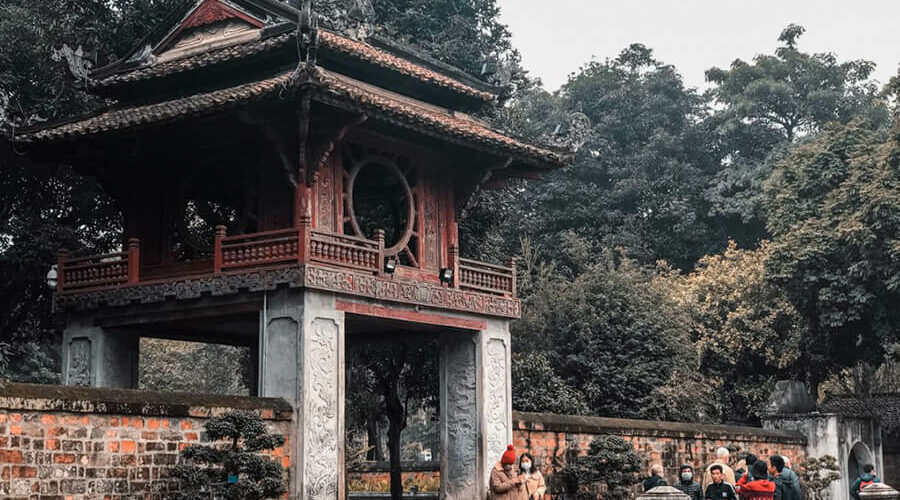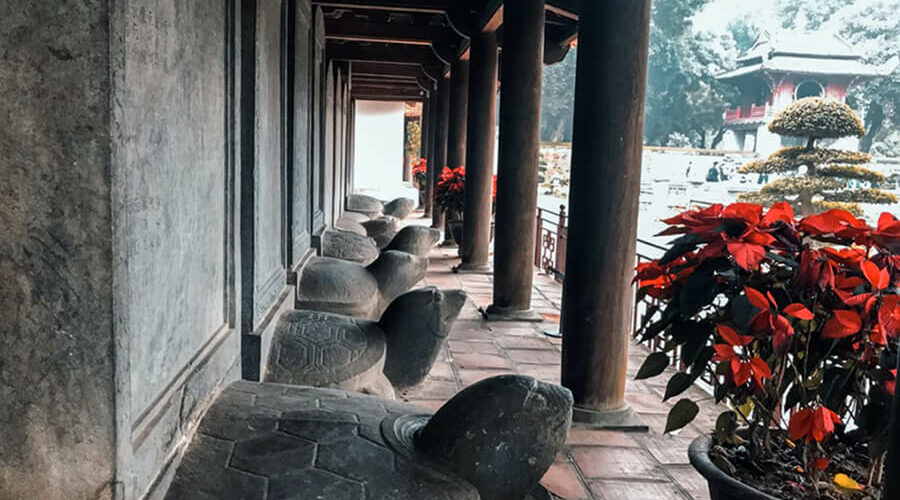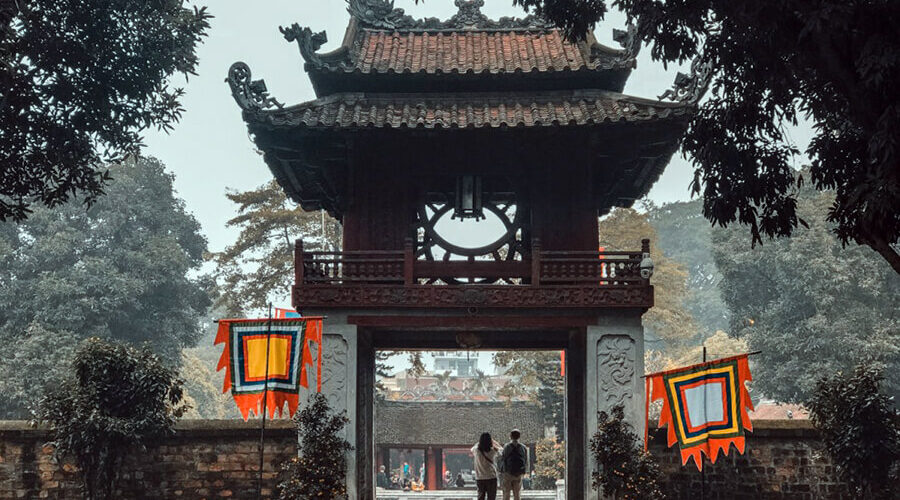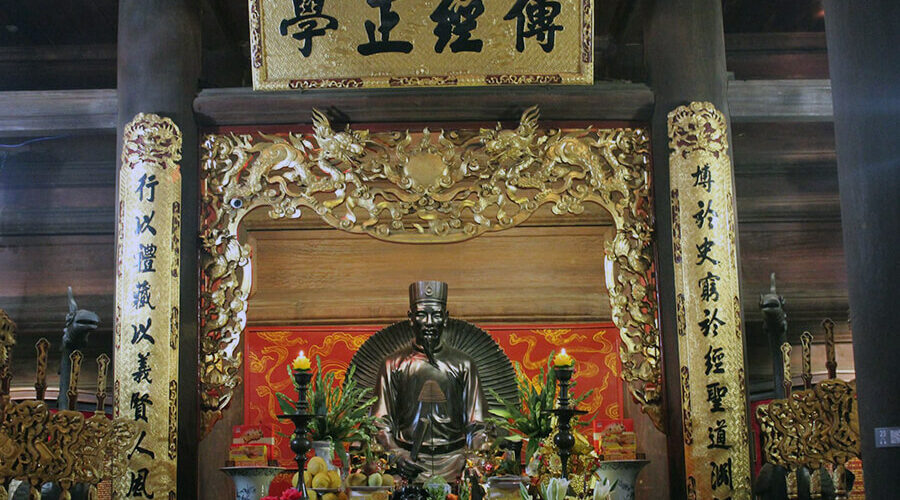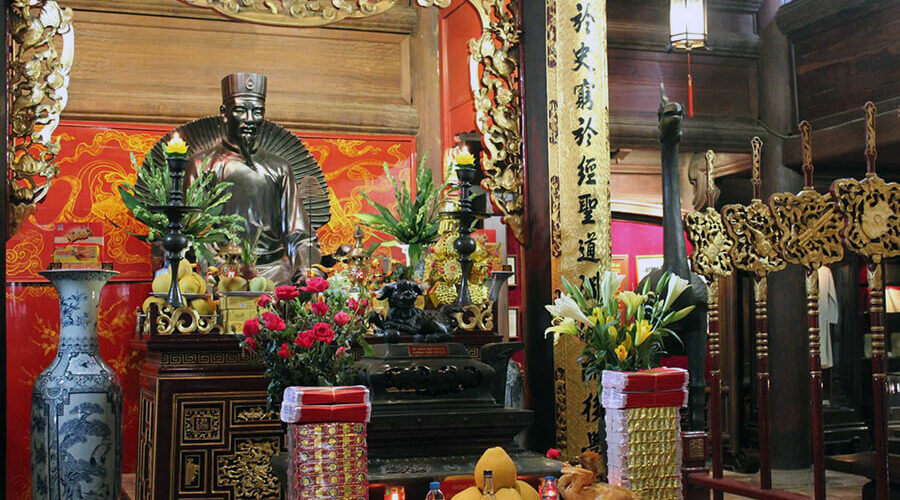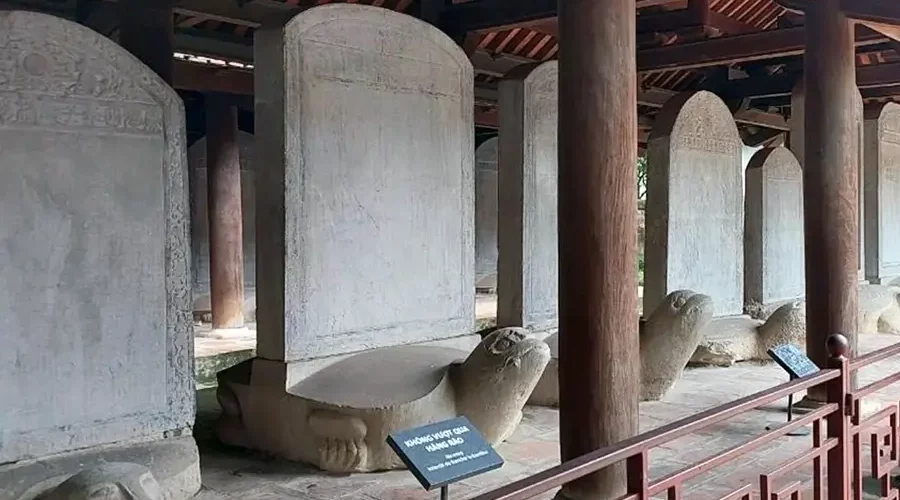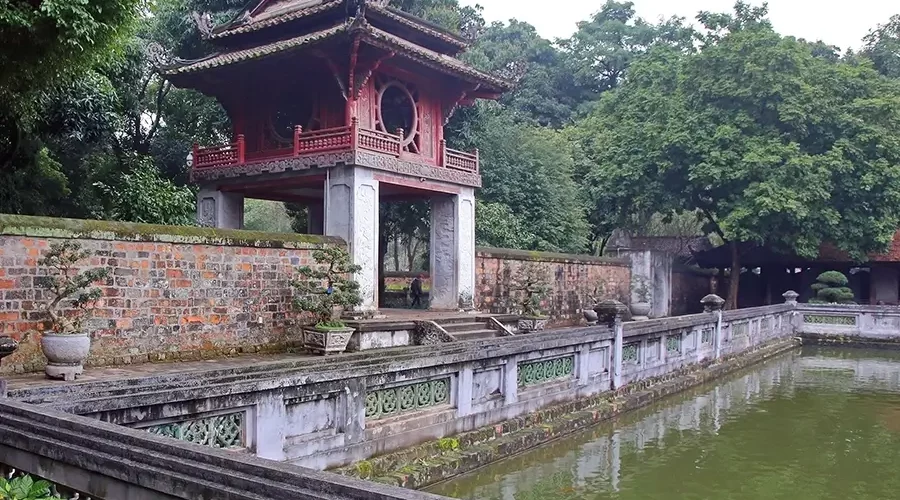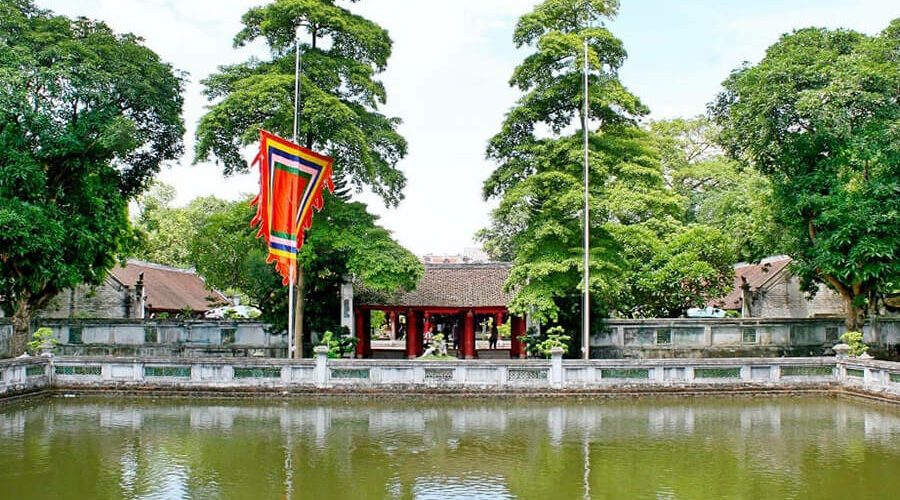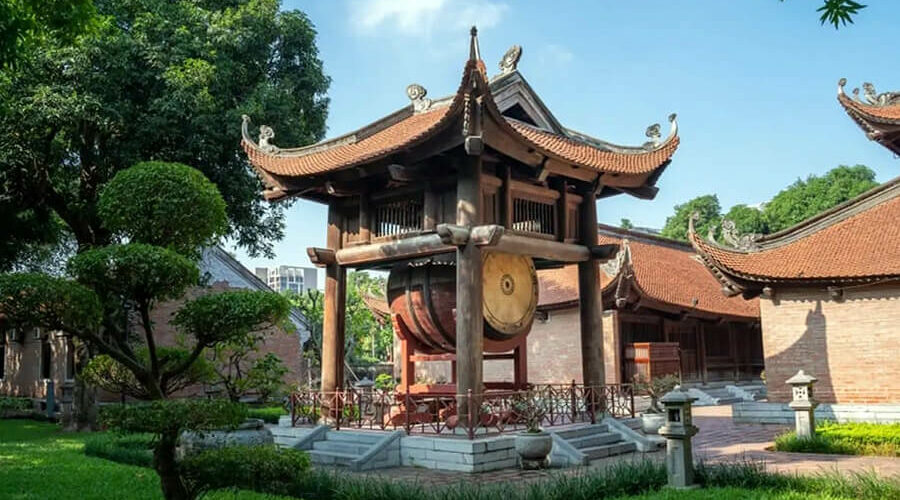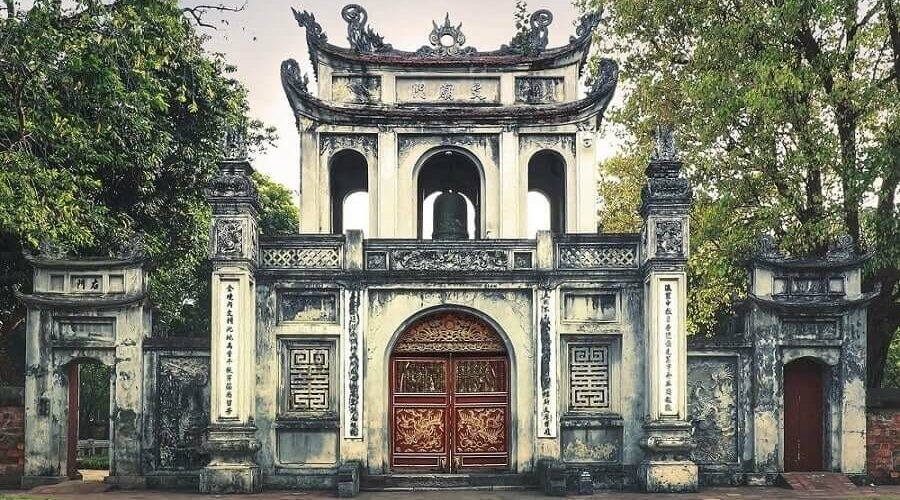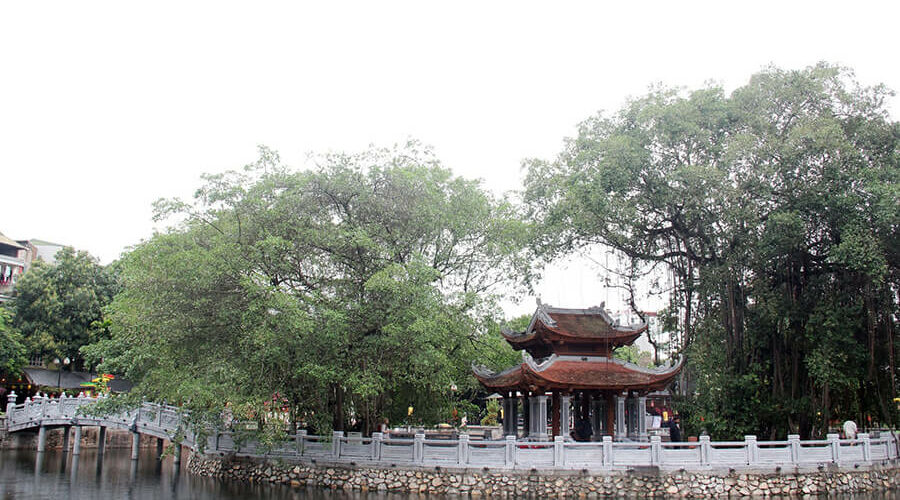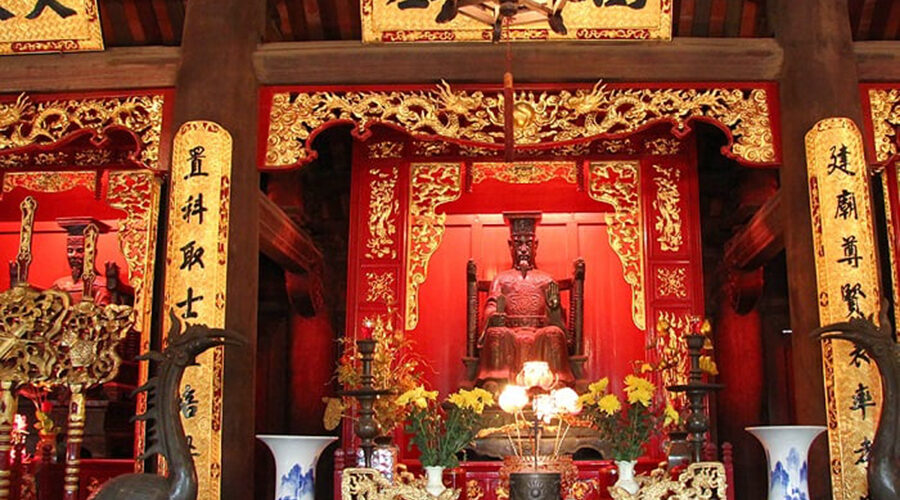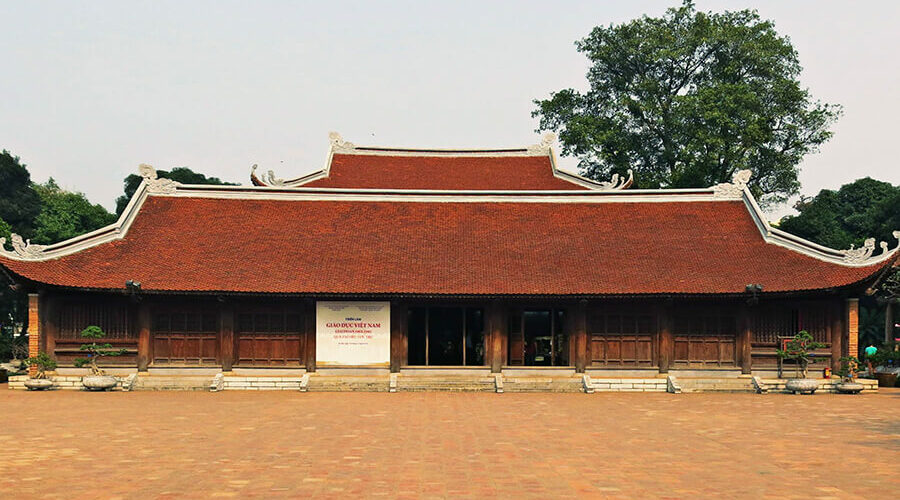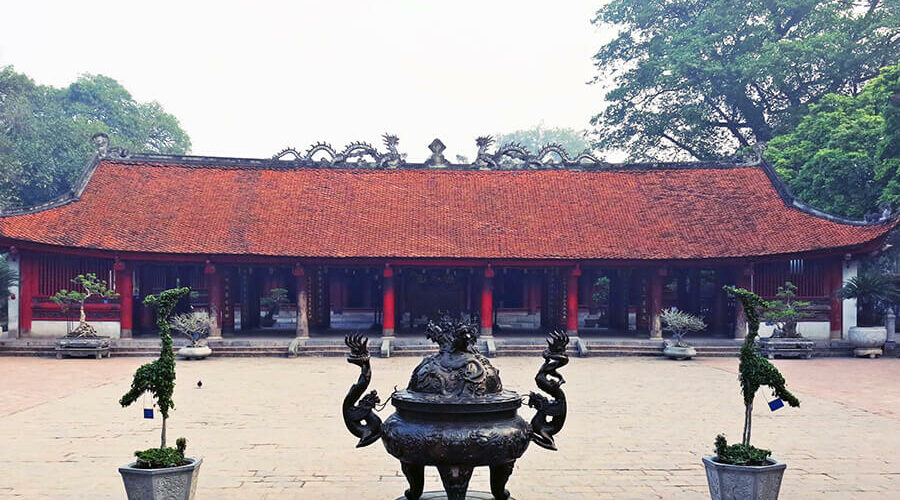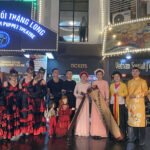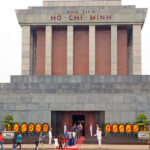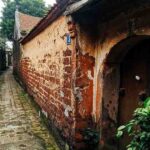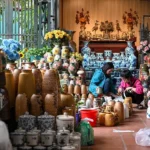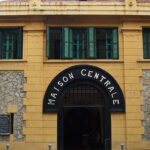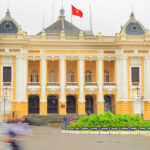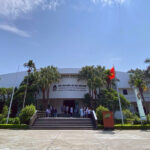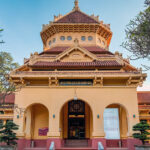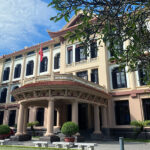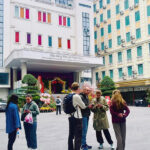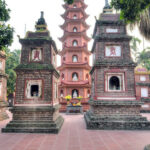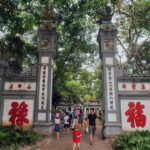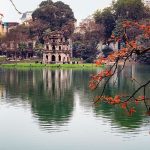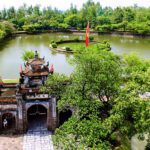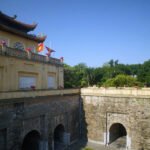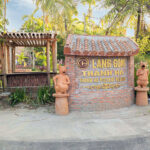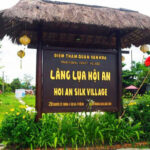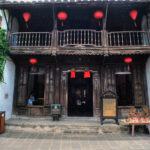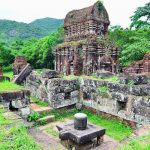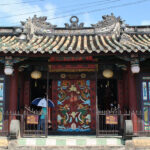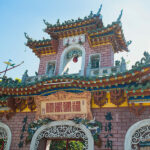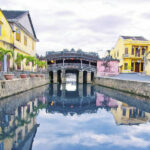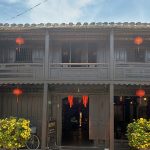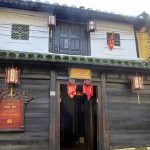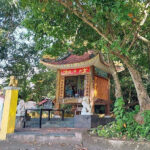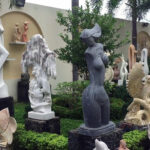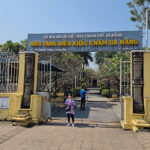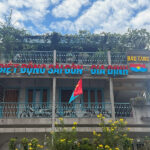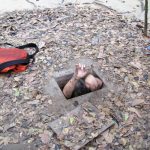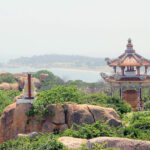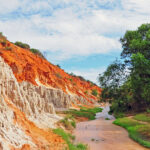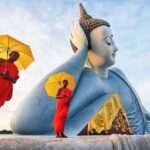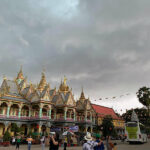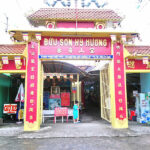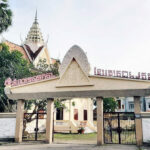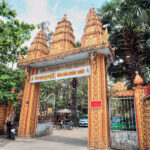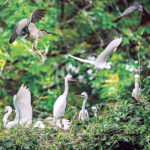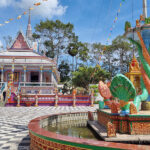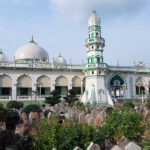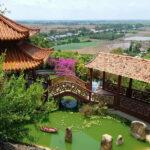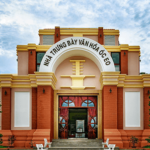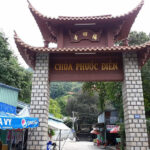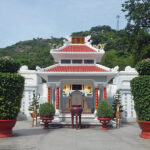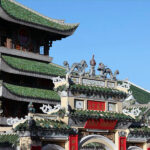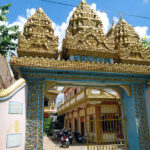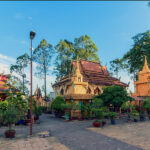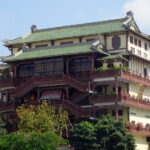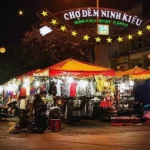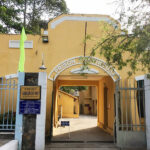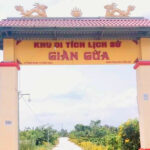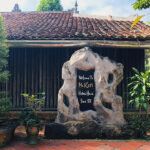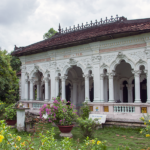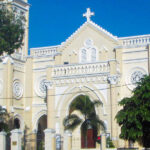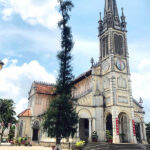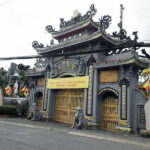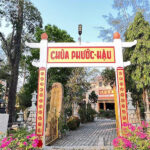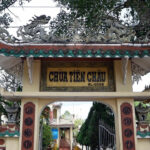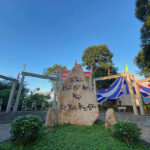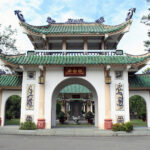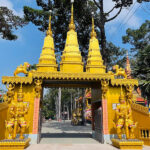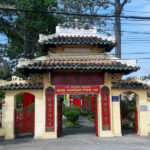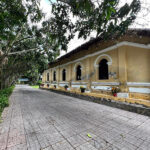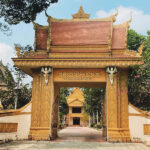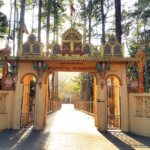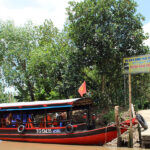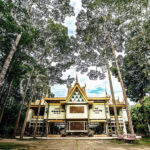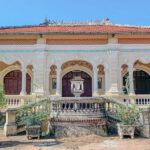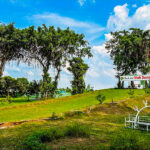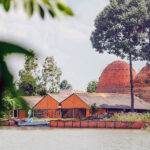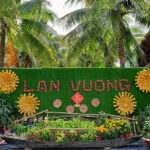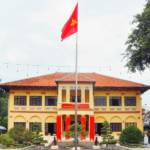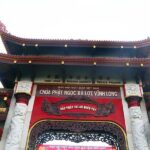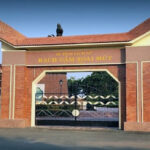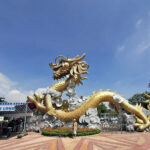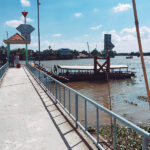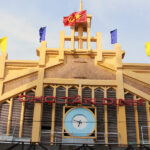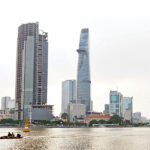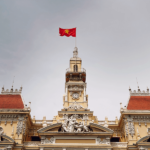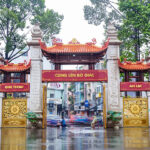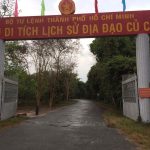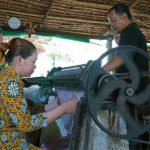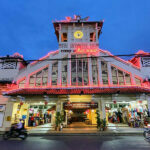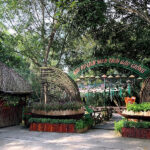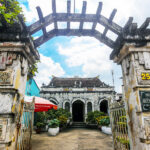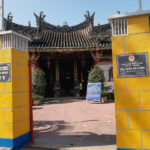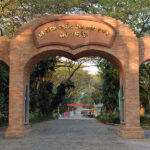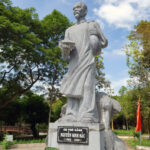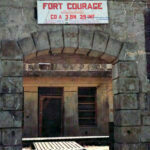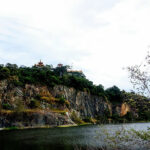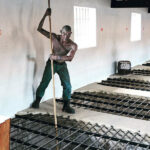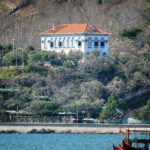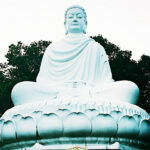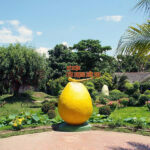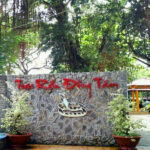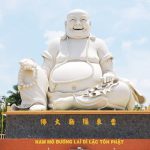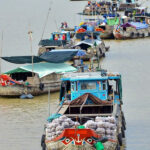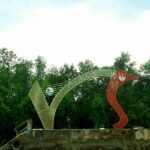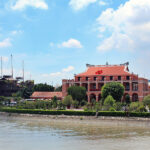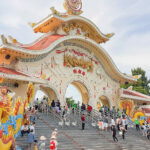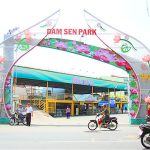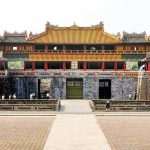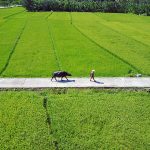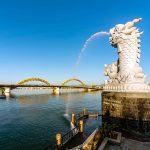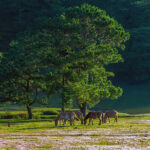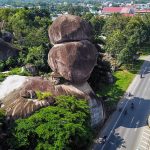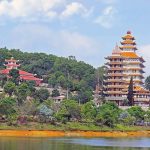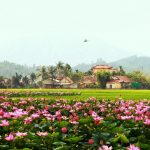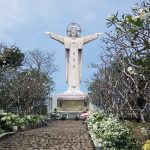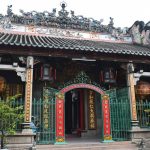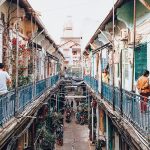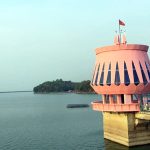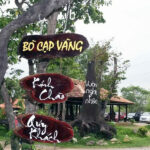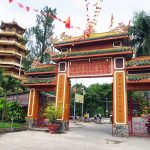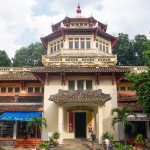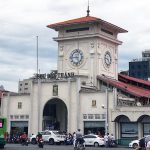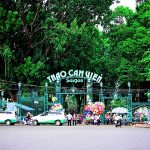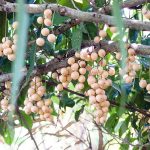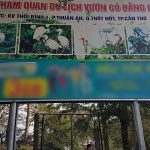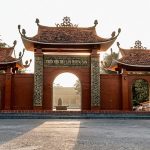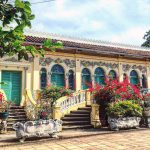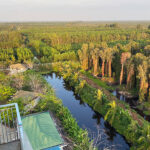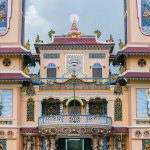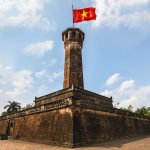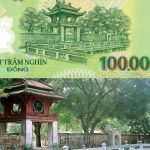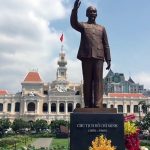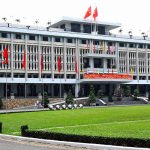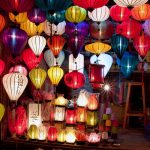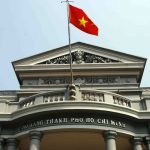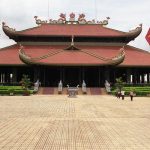Temple of Literature, Ha Noi was the first university in Vietnam. Today it is a historical-cultural relic that many Vietnamese students come to pray for luck in studying, exams and is also a place that attracts many tourists. If you have the opportunity to travel to Hanoi, should not skip this place, there will be many interesting things to learn and explore. However, because it is a worship area, there are strict regulations, you can refer to the information below before visiting.
Table of Contents
General information about the Temple of Literature
Address: No. 58 Quoc Tu Giam Street, Van Mieu Ward, Dong Da District.
Opening hours: 8:00 – 17:00 daily, including holidays, New Year. Due to weather reasons, opening hours may change slightly earlier or later, about 30 minutes.
Ticket price for Temple of Literature – National Tu Giam Hanoi: 30,000 VND/person. The Elderly; people with meritorious services to the revolution and students over 15 years old will receive a 50% discount on tickets. Tickets are free for children under 15 years old and in cases of people with disabilities.
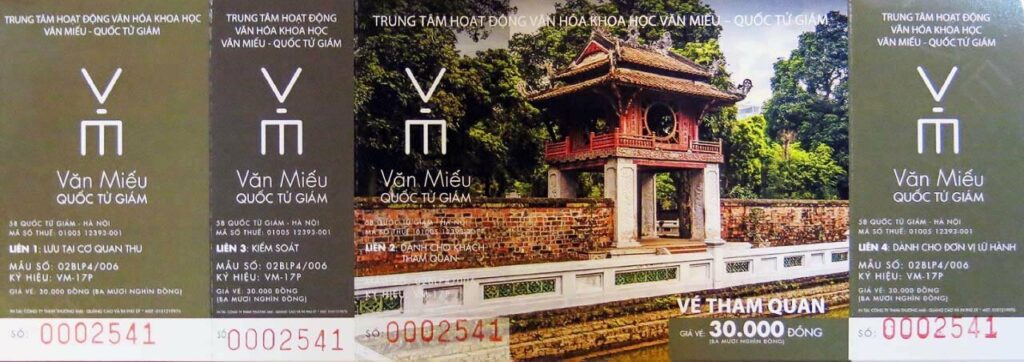
An entrance ticket of Temple of Literature
Temple of Literature – Quoc Tu Giam is located in Dong Da district and right in the middle of 4 bustling streets: Nguyen Thai Hoc, Temple of Literature, Quoc Tu Giam and Ton Duc Thang. You need to be careful because around the Temple of Literature there are many one-way streets.
Temple of Literature in Ha Hoi – a place that is probably very familiar to every Vietnamese person. This monument is the pride of the people of the capital and is a heroic testament to the educational cause for a while.
History of the Temple of Literature, Hanoi
In 1070, the Temple of Literature was built under the reign of Emperor Ly Thanh Tong. Initially, this was the place to worship Confucius, his followers, and his disciples (Yan Hui, Zengzi, Zisi, Mencius) as well as Duke of Zhou.
In 1076, Emperor Ly Nhan Tong built Quoc Tu Giam (Vietnamese: Quốc Tử Giám) – Imperial Academy next door, a place to teach Vietnam’s bureaucrats, nobles, royalty.
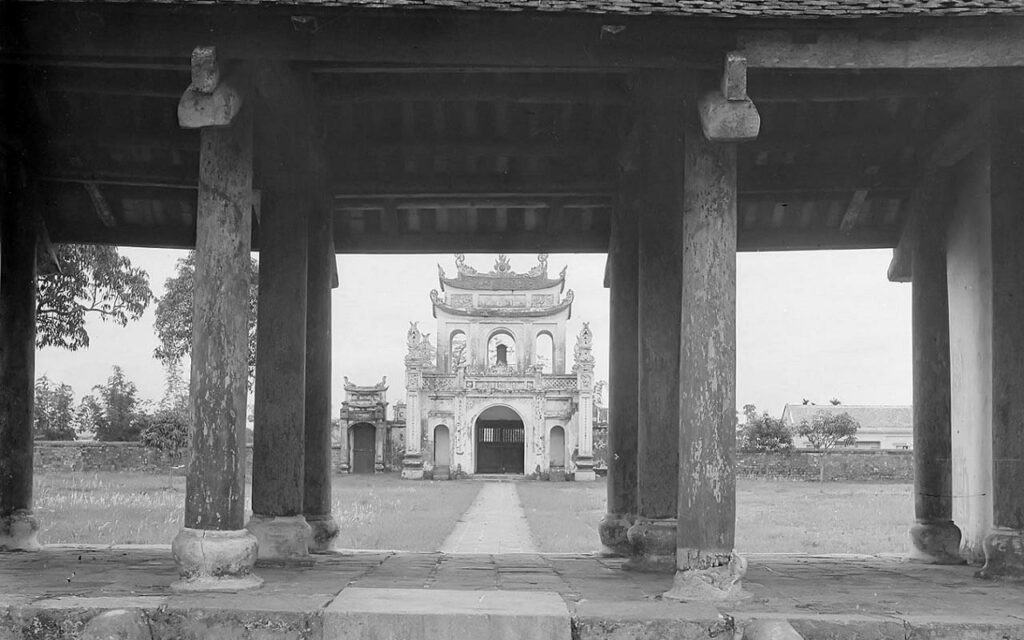
During the reign of Emperor Tran Thai Tong, this place was renamed National Academy, accepting to teach elite children of civilians.
During the reign of Emperor Le Thanh Tong, at the Temple of Literature – Quoc Tu Giam began to erect stele of those who passed doctorates.
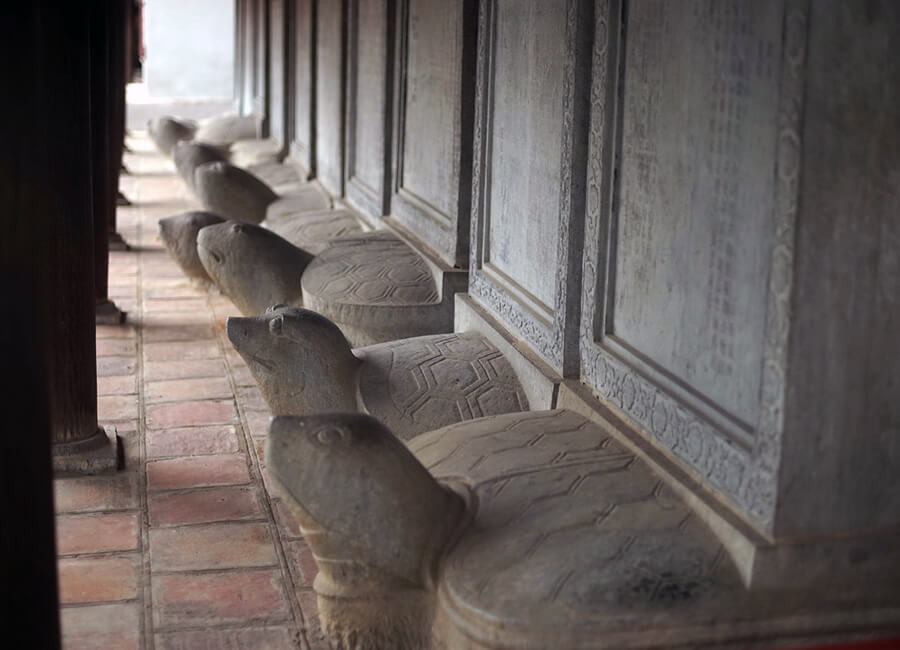
Steles in Temple of Literature
During the Nguyen Dynasty, Quoc Tu Giam was established in Hue. The Temple of Literature was renovated and later renamed Temple of Literature, Hanoi.
In 1947, the French colonialists fired cannons, collapsing the house, leaving behind the foundation, four stone pillars, and two columns.
Places to visit at the Temple of Literature, Ha Noi
Temple of Literature – Quoc Tu Giam belongs to the system of special National Monuments of Vietnam. With a rich history and culture, the relic site is an attractive destination with many sightseeing coordinates.
Van Mieu Gate
Van Mieu Gate means the three-entrance gate. The gate has three doors, the middle door is tall, actually built on 2 floors. The lower floor is big, the upper floor is small, overlapping the middle of the lower floor. The architectural design has many unique features that worth noting when studying ancient Vietnamese architecture.
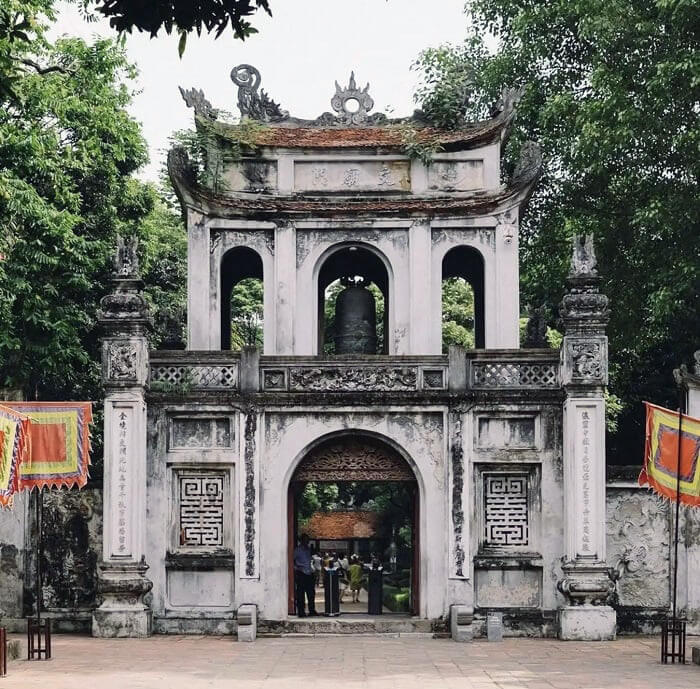
The majestic scene of the Van Mieu Gate
Looking from the outside, the three-entrance gate shows three separate structures. The upper floor has three words which means Van Mieu Gate.
Van pond and Giam park
Van pond is also known as Giam pond or Minh Duong lake. The pond is located right in front of the gate of the Temple of Literature relic site. Van pond is quite large, in the middle of the pond is Kim Chau mound. On the mound is a place where literary commentary sessions of ancient Confucian scholars took place.
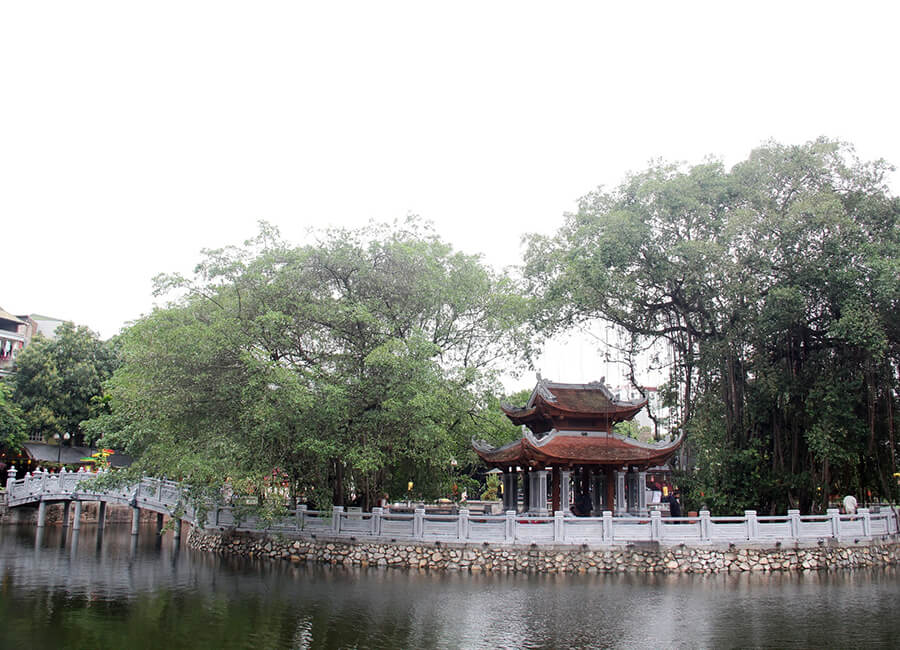
A view from the Van pond
Located on the western wall of the Temple of Literature, Giam park is home to an octagonal house, lake, ornamental plants and many other miniatures. The garden is a place to visit, relax and hold attractive cultural activities.
Dai Trung Gate
Dai Trung Mon is the second gate of the Temple of Literature – Quoc Tu Giam relic site. This work consists of 3 compartments, built on a high brick foundation with tiles designed in the style of an ancient communal house roof.
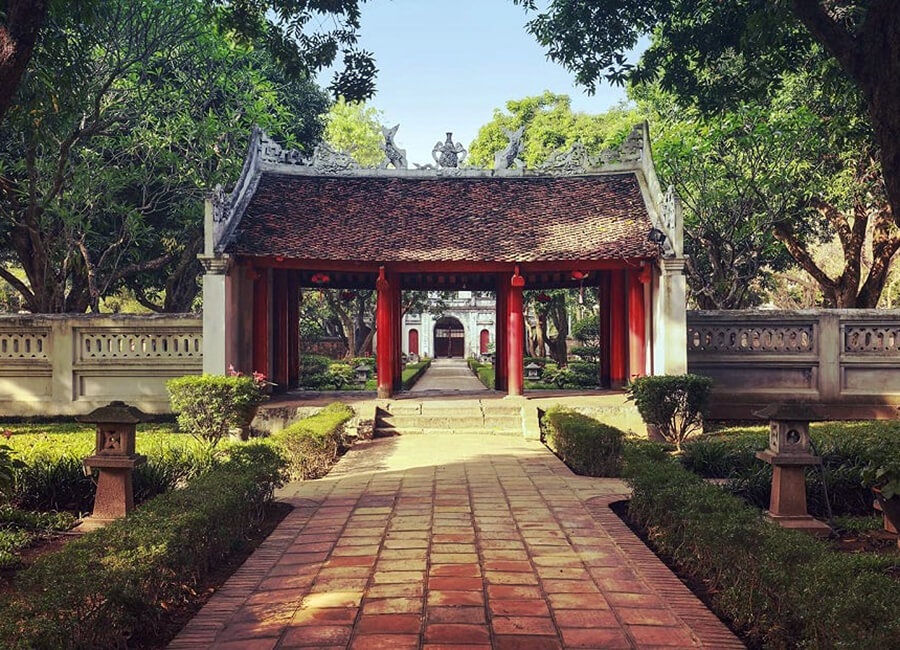
Peaceful beauty at Dai Trung Gate
In front and behind the Dai Trung Mon area is an extremely large space with long parallel roads, trees, and open lakes. All create a quiet, peaceful scene in the middle of bustling Hanoi.
Khue Van pavilion
Khue Van pavilion was built in 1805 by Governor Nguyen Van Thanh during the Nguyen Dynasty, and has been a symbol of present-day Hanoi. This is a square floor with 8 roofs nearly 9 meters high with 4 upper roofs and 4 lower roofs.
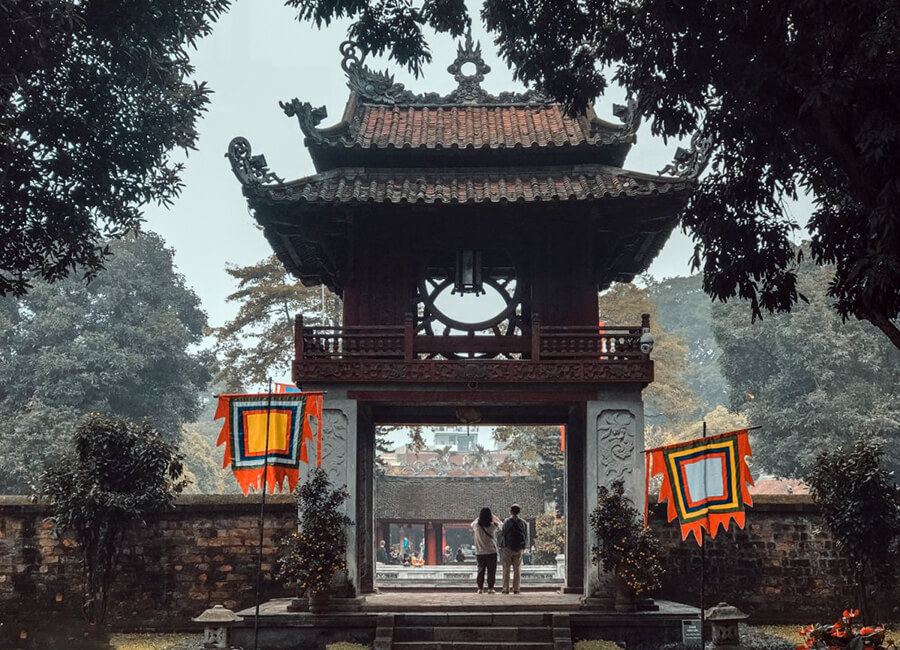
Khue Van pavilion is located on a square ground, each side is about 6.8 meters long. This project impresses with its super unique ancient-style architecture. On the lower floor are 4 square brick pillars intricately carved with patterns. The upper floor is painted with gilded vermilion, with two layers of brilliant red tiled roofs overlapping each other. Inside the pavilion, a bronze bell hangs from the ceiling to be rung on auspicious occasions. The round windows on the upper floor create a striking feature, like a shining star.
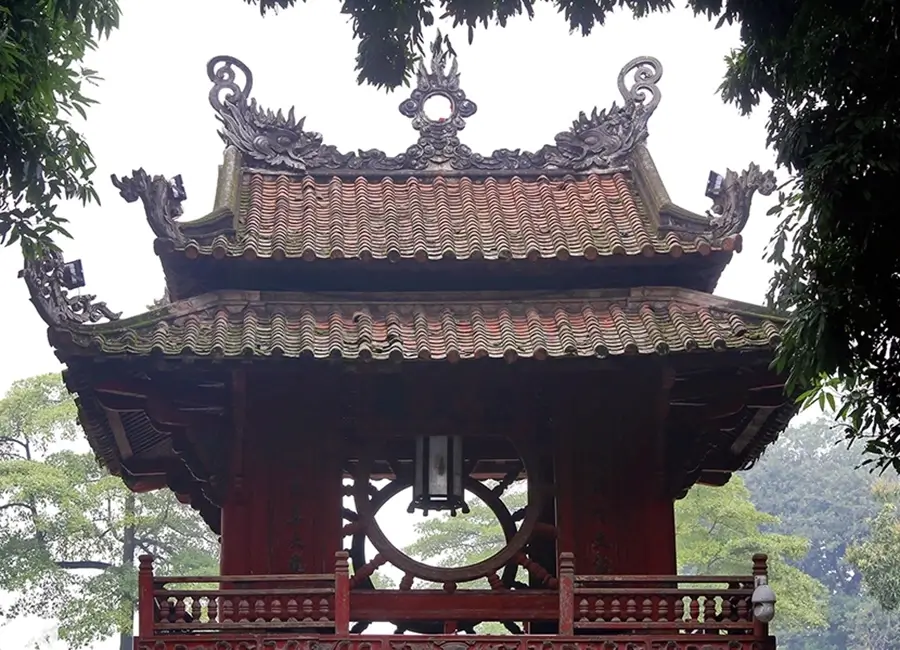
In the past, Khue Van pavilion was a meeting place for literary scholars. The architecture is simple, elegant and full of poetic meaning, making people feel relaxed. Furthermore, Khue Van pavilion is the image printed on the current 100,000 VND note.
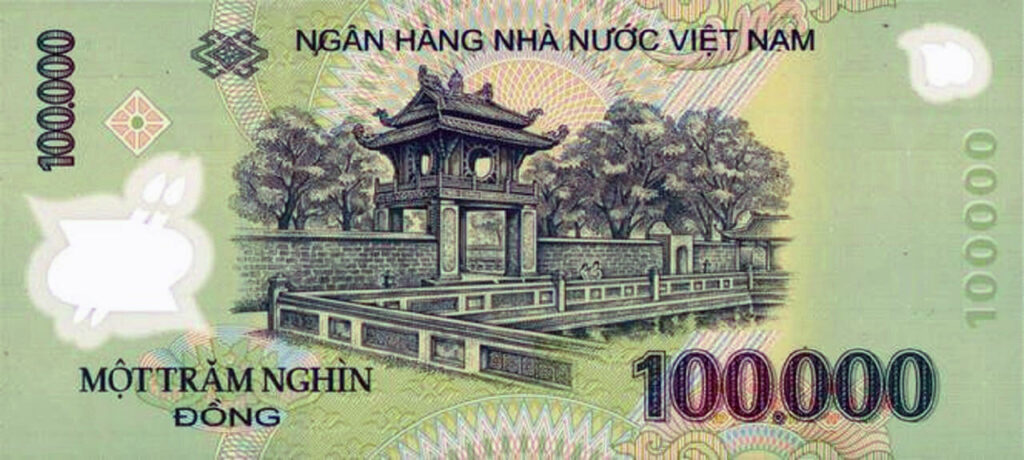
Thien Quang well and Doctoral stele garden
Thien Quang well is also known as Van pond. Thien Quang in Vietnamese means the light of the sky. Giving this name to the well, the builder meant that humans receive the essence of the universe, illuminate knowledge, improve qualities, and beautify humanity. The well is square and surrounded by railings up to waist height. Vietnamese ancestors also had the concept that a square well symbolizes earth, and a round door at Khue Van pavilion symbolizes heaven. The essence of heaven and earth is concentrated in this majestic cultural and educational center in the middle of the imperial capital. A small paved path surrounding the well allows people to walk around the well, go up to Khue Van pavilion, enter Dai Thanh gate or turn to 2 stone stele gardens on both sides.
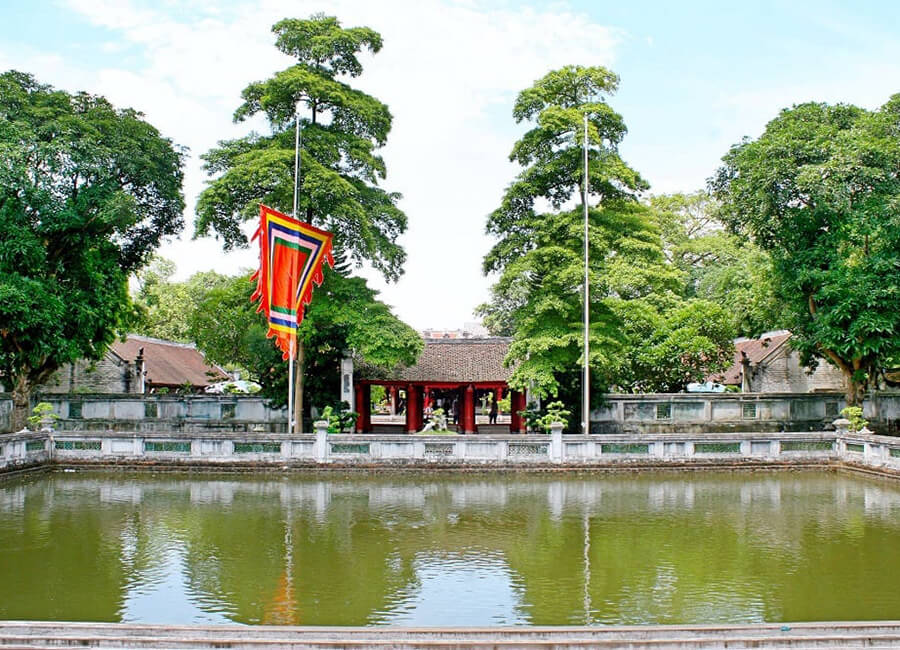
Thien Quang well
But perhaps the most valuable relics here are the 82 Doctor’s steles erected on the right and left sides of Thien Quang well, 41 on each side in 2 horizontal rows, all stele faces facing the well. These steles are placed on the backs of stone turtles, with the information of 82 valedictorians of many dynasties of Vietnam recorded on the steles.
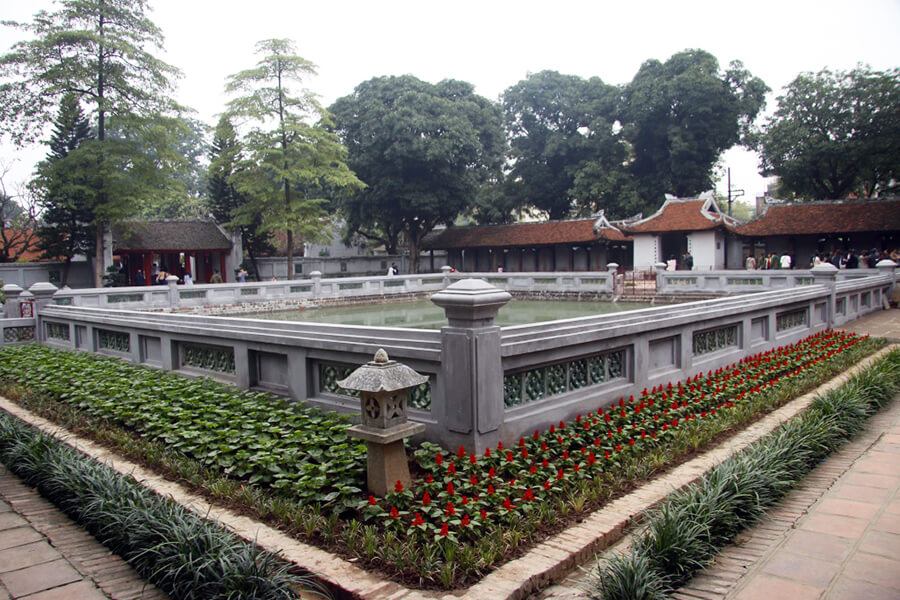
Of these 82 steles remaining today, the earliest one was erected in 1484, engraved with the names of doctors who passed the faculty in 1442, the last one was erected in 1780. According to historians, there are an estimated 117 stone steles, but due to war devastation, only 82 steles remain quite intact.
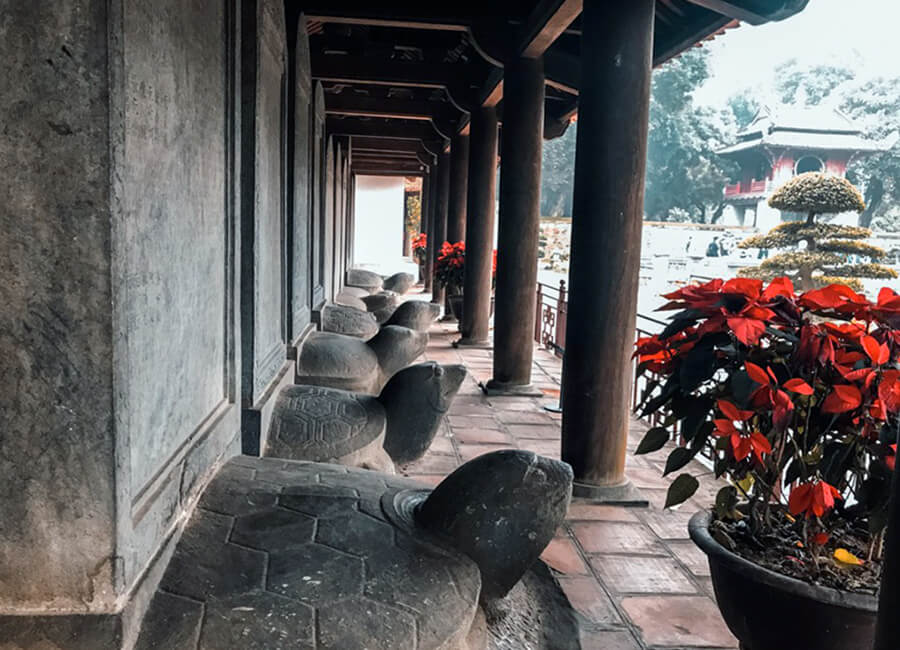
On March 9, 2010, these 82 stone steles were recognized by UNESCO as a World Documentary Heritage.
Khai Thanh Temple
Located at the end of the relic site is Khai Thanh Temple. This place worships Confucius’s parents.
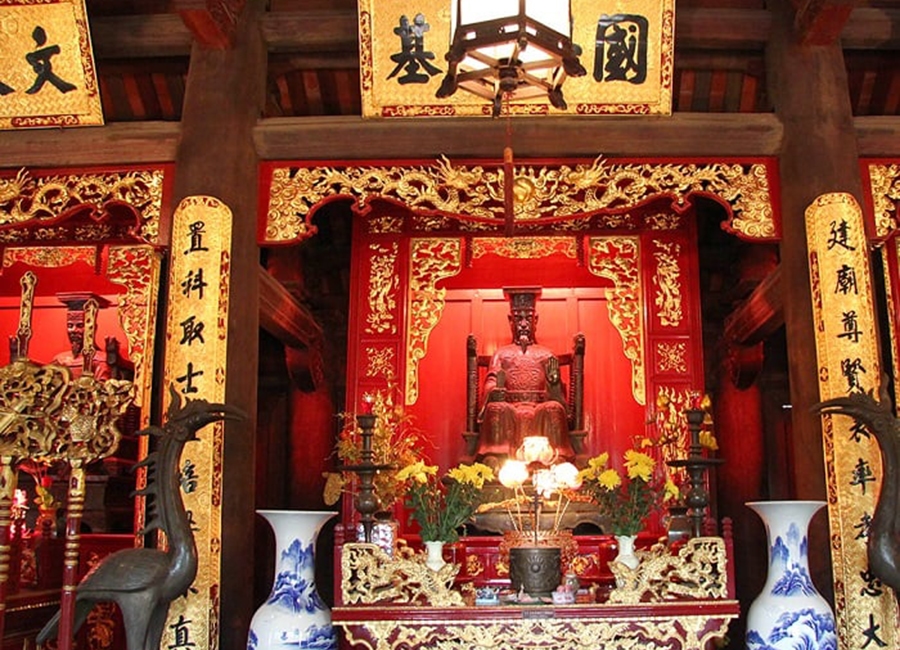
Previously, Khai Thanh Temple used to be a residential area with 150 rooms for students. In 1946, the French colonialists bombarded Khai Thanh Temple, the structure was completely destroyed. Later, the temple was built and preserved to this day.
Dai Thanh Gate – Dai Bai Duong
Dai Thanh Gate is a building with 3 tile-roofed compartments and 2 sturdy porch columns in the front and back.
Dai Thanh Gate (door of great success), opens to the area of the main architecture, the place to worship he seventy-two most honoured disciples of Confucius and Chu Văn An (a rector of the Imperial Academy). This is also the teaching place of the school in the past.
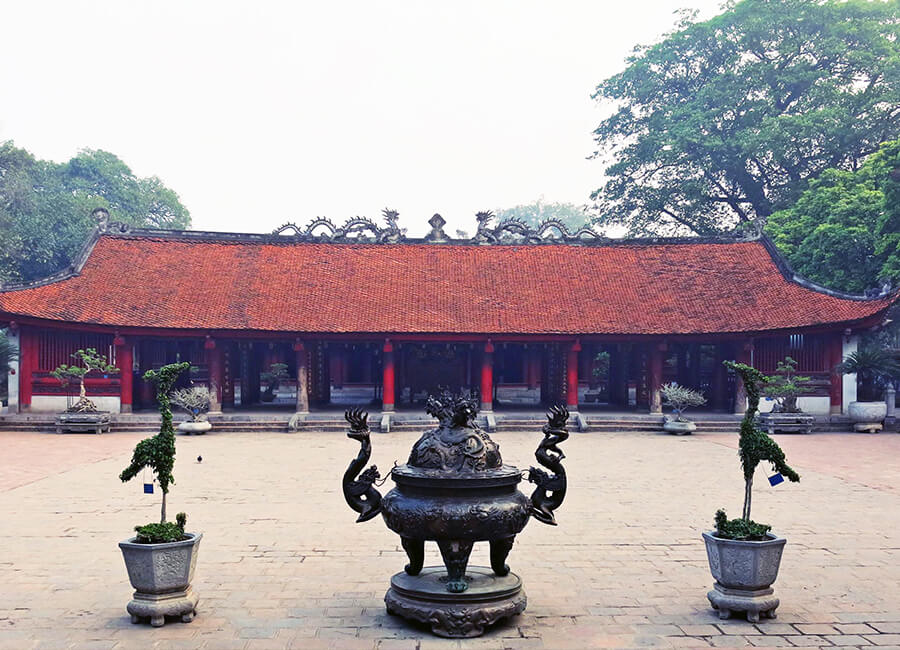
House of Ceremonies
Through Dai Thanh Mon is Dai Bai Duong (House of Ceremonies). In Dai Bai, there are many precious horizontal panels, incense altars, a pair of ancient cranes and a large bell cast in 1768. Dai Bai Duong consists of 9 rooms, where ceremonies took place during the period. Spring and autumn worship in ancient times.
Important notes when visiting Temple of Literature Ha Noi:
- Respect monuments, obey the regulations of the relic management units. No harm to artifacts, relic landscape. Do not rub turtlehead, write, draw, stand, sit on doctor’s stele …
- The clothes when coming to the temple should be clean and neat. Don’t wear very short skirts or pants, revealing clothing, or indoor clothing. Do not smoke, wear hats the shrine area, showroom …
- Practice a civilized life in the place of worship: No acts of lack of culture; having the right attitude during the ceremony, each person only lights one incense stick and burning incense at the right place.
- It is strictly forbidden to take advantage of the freedom of belief to perform superstitious activities, gambling, cheating …
- Maintaining hygiene, environmental landscape protection: Do not climb walls, climb trees, break branches, pick flowers, step on the grass, fishing, swimming, and throw trash indiscriminately.
- Do not bring weapons, explosives, flammable substances into the relic.
- Keep the car in the right place, manage the personal belongings to avoid any loss.
- The filming activities at Van Mieu – Quoc Tu Giam can only be conducted with the consent of the leader of the monument.
Source: collected by An
